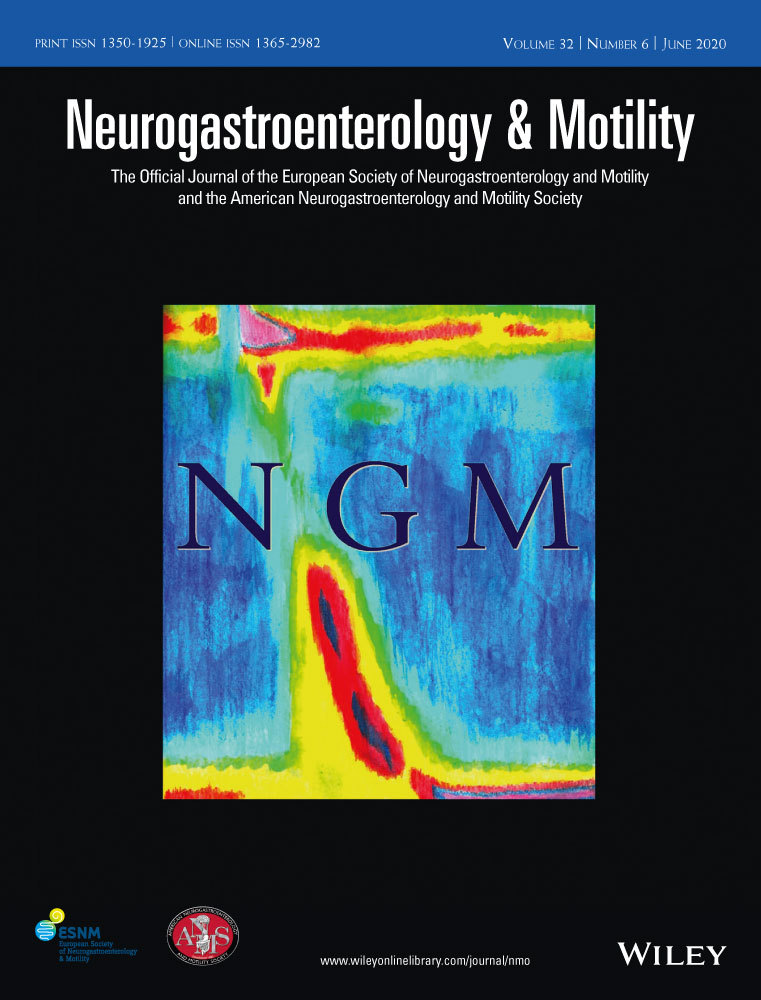Endoscope presence during endoluminal functional lumen imaging probe (FLIP) influences FLIP metrics in the evaluation of esophageal dysmotility
Funding information
No funding and/or material support.
Abstract
Background
The functional lumen imaging probe (FLIP) system is an FDA-approved tool for dynamic evaluation of the esophagogastric junction (EGJ). Even though commercially available since 2009, FLIP utilization remains low, partly due to lack of consensus in methodology and interpretation. Therefore, we aimed to analyze the influence of concurrent endoscopy on FLIP measurements.
Methods
In this single-center study, we reviewed data from 93 patients undergoing FLIP for symptomatic esophageal motility disorders between 2016 and 2018. During sedated endoscopy, we measured luminal values (distensibility, cross-sectional area (CSA), and balloon pressure) at the EGJ and distal esophagus using 30, 40, and 50 mL distension volumes, with and without concurrent endoscope presence. All recorded values were compared at the various distension volumes between the two measurements using a Wilcoxon rank sum test.
Key Results
There was a significant difference in distensibility and CSA with index distension volume (40 mL) at the EGJ comparing the two measurements: Lower median distensibility was 2.1 mm2 mm Hg−1 in the group with concurrent inserted endoscope, respectively, 3.4 mm2 mm Hg−1 without endoscope (P < .001), and median CSA was 86.0 resp. 110.0 mm2 (P < .001). No significant difference could be found in the measurements of the distal esophagus.
Conclusions & Inferences
Our results show a significant difference in FLIP measurements with and without endoscope presence. This underlines the importance of establishing a consensus of a standardized FLIP protocol to define normal luminal values and guiding future FLIP diagnostic studies.
CONFLICT OF INTEREST
Chandra Prakash Gyawali: Medtronic (Consultant), Diversatek (Consultant), Ironwood (Consultant), Quintiles (Consultant), Isothrive (Consultant), and Daniel Pohl: Medtronic (Consultant). No other conflicts of interest exist.




